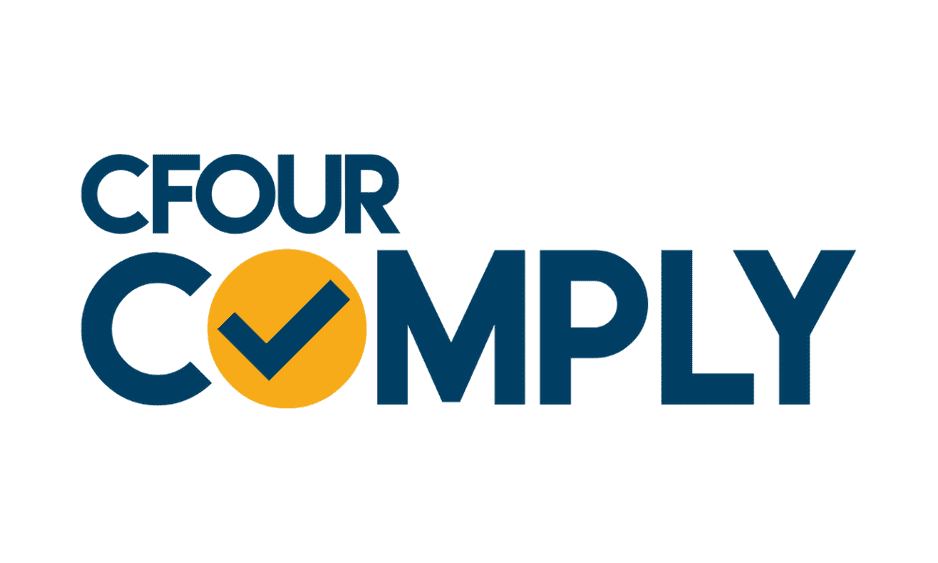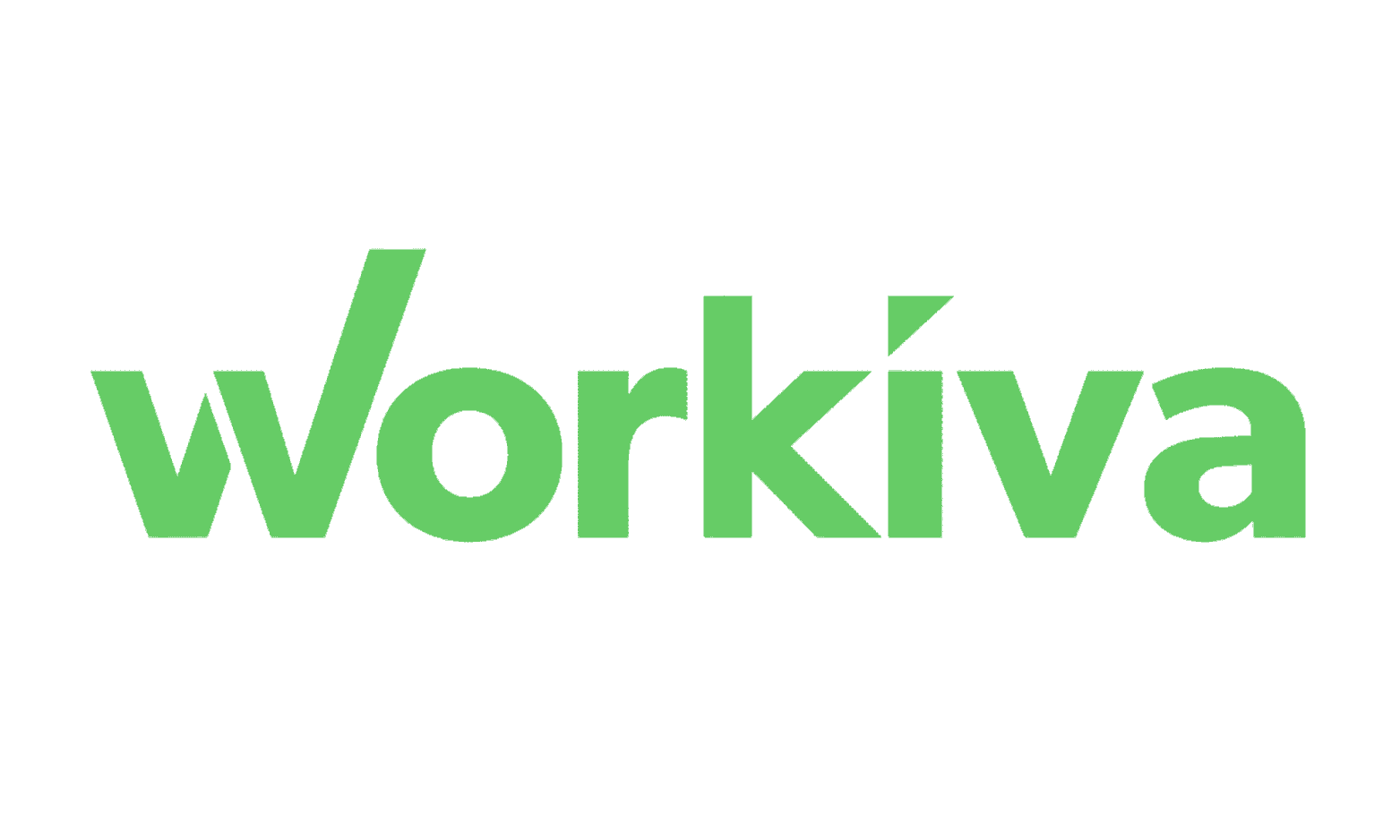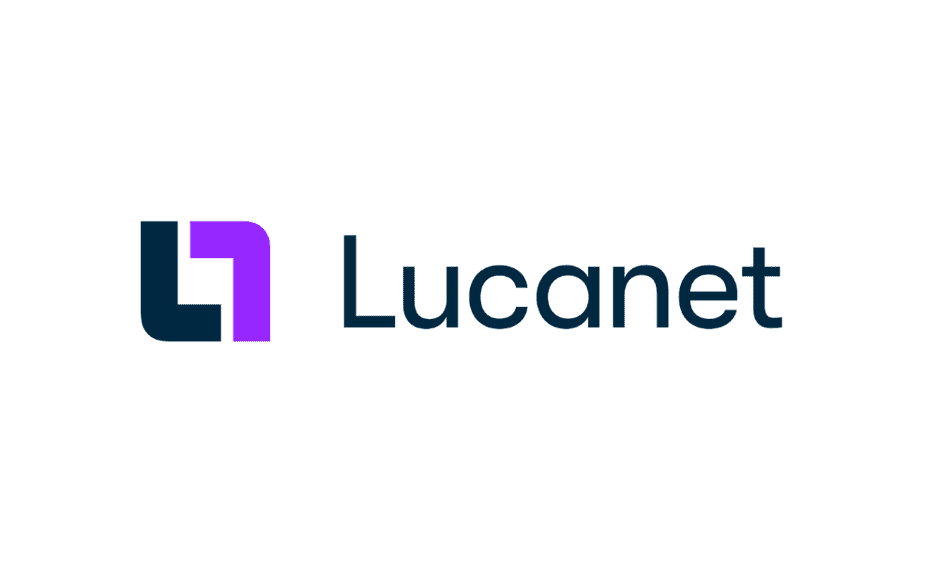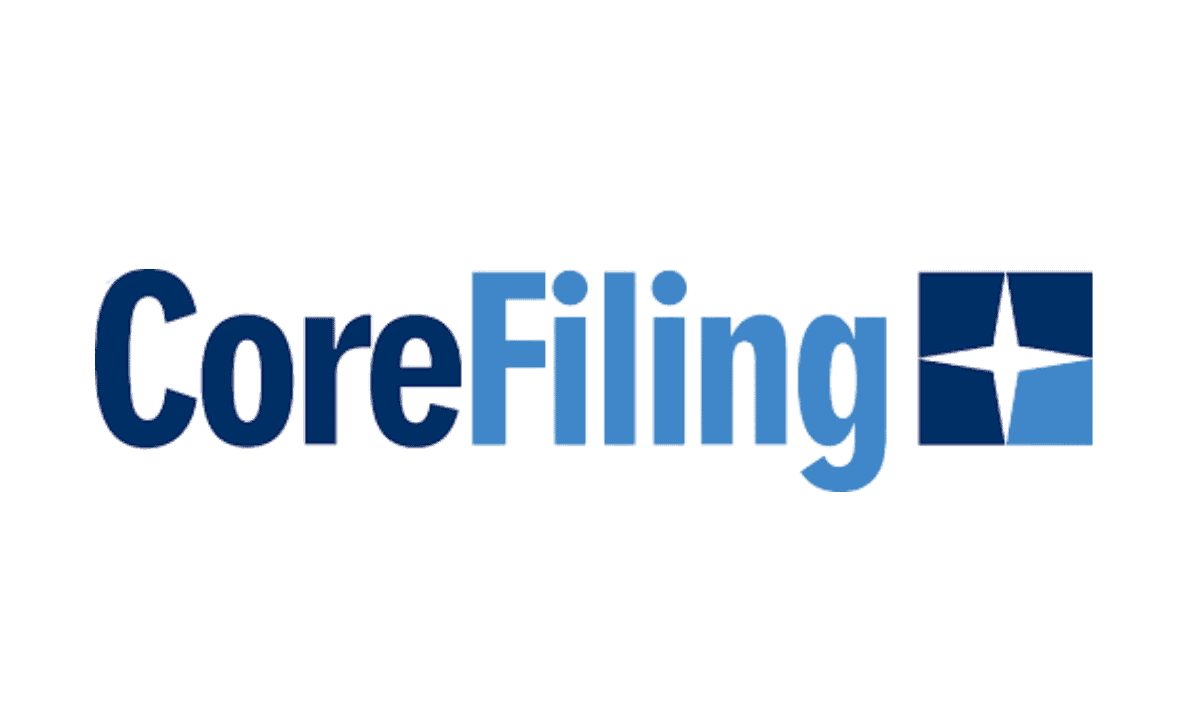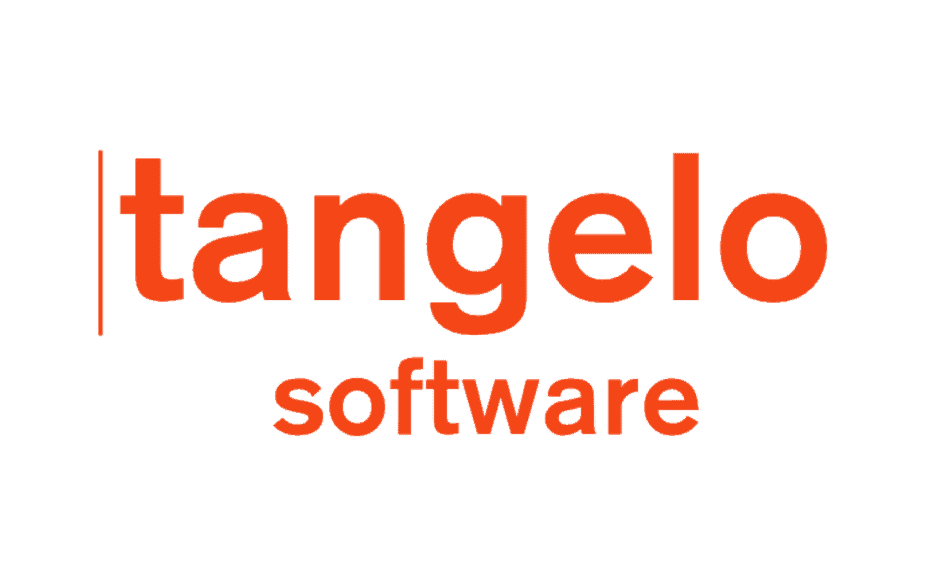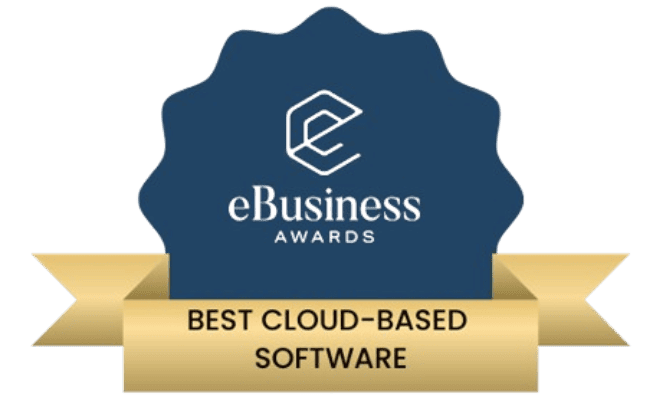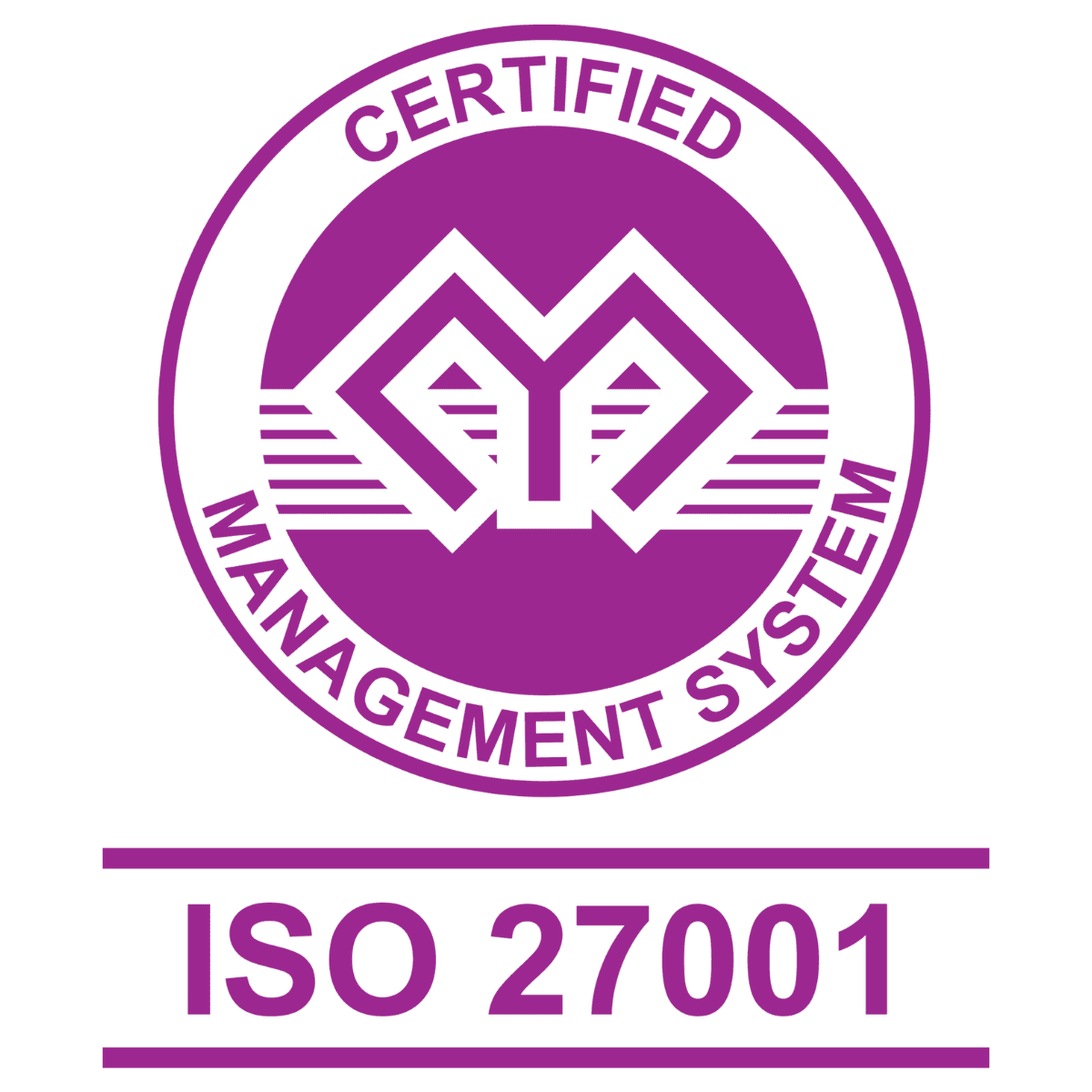From 2026, Dutch companies will be required to file their annual accounts digitally via iXBRL through the Standard Business Reporting (SBR) system. Unlike ESEF, which applies only to listed companies, SBR also covers many private companies in the Netherlands.
This regulation aims to standardise digital reporting, and with it comes new technical and operational challenges for finance teams.
Challenges Dutch companies face with Standard Business Reporting (SBR)
Complex taxonomy mapping
Every line in the financial statements must be correctly tagged. Even a small mis-tag can result in rejection.
Evolving regulations
With Dutch taxonomy updates and EU rules like CSRD, staying compliant is an ongoing task.
Manual errors
Traditional reporting tools increase the risk of broken tags, formatting problems, and inconsistencies.
Version control issues
Multiple stakeholders editing one report can cause errors and confusion.
Year-end time pressure
With fixed filing deadlines, errors or rejected submissions can be very costly.
5 Best Tools for Standard Business Reporting (SBR)
CFOUR Comply is widely used for European reporting frameworks, such as ESEF and CSRD. It also aligns with Dutch SBR reporting requirements and has direct support for its taxonomy. For companies complying with multiple regulations, CFOUR Comply can be a single platform for their iXBRL reporting needs. The tool allows finance teams to convert PDF reports into XHTML and apply XBRL tags in a shared workspace that auditors can also access. It reduces repetitive work by offering roll-forward tagging, so once the first filing is complete, tags can be reused in future years. TAGSENSE GenAI provides tagging suggestions that improve over time, helping to cut down on manual effort. Validation of the tags is handled by the Fujitsu XWand engine.
Workiva integrates directly with the Dutch KvK filing portal, enabling preparation, validation, and secure submission of iXBRL financial statements via Digipoort. It maintains audit trails and supports collaboration across teams. Its connected data model reduces manual updates and supports SBR, ESEF, and CSRD in one environment.
Lucanet (via AMANA XBRL Tagger) provides a flexible tagging environment with full SBR taxonomy support. It suits finance teams who want direct control without deep technical expertise and is updated promptly when Dutch or EU taxonomies change.
CoreFiling’s Seahorse lets companies upload Word or Excel reports and apply tags using the Dutch SBR taxonomy. Validation is built in, supporting reliable acceptance by the regulator.
Tangelo offers SaaS report authoring and SBR filing in one platform, aligning closely with Dutch requirements and supporting end-to-end workflows.
Overall comparison
Ease of use
CFOUR Comply and Tangelo stand out for a simple interface.
Automation & validation
CFOUR Comply and Lucanet provide strong automation features. CoreFiling and Workiva rely on strict validation workflows.
Collaboration
Workiva is strong for large-team collaboration. CFOUR Comply, Tangelo, and CoreFiling also support multi-user workflows.
Adaptability to regulations
All five tools support Dutch SBR taxonomy updates. Workiva, CFOUR Comply, CoreFiling, and Tangelo also cover ESEF and CSRD.
Onboarding
CFOUR Comply can be set up quickly with minimal training. Workiva’s learning curve is longer due to broader scope. Lucanet is quick to start with a web version available.
By matching these tools to your organisation’s size, design needs, and tolerance for complexity, you can select the right solution to overcome SBR reporting challenges.
Which SBR tool should Dutch companies choose?
Choose a solution that helps reduce tagging errors and makes the process intuitive. First-time filers are prone to mistakes, so a platform with built-in validation and smart tag features can save your team from last-minute re-work. Decide which features matter most to your organisation – collaboration, design integration, or automation – to find the most cost-effective choice that will suit future years of reporting.
Why CFOUR Comply for Standard Business Reporting (SBR)?
CFOUR Comply is well-suited for large and mid-sized in the Netherlands that now fall under the SBR mandate and want a tool designed for European rules.
For first-time filers, the platform is straightforward to use. AI-based tagging suggestions make it easier to apply the right concepts, and built-in validation checks tags against the latest taxonomy to reduce rejection risk.
As a cost-efficient solution, it supports multi-level collaboration and multi-entity tagging, making it practical for groups of companies as well as individual entities.
Auditors can be invited to review and approve tags directly in the same workspace. Their feedback appears as a separate version, so changes are transparent and easy to track.
Finally, support for multiple frameworks (SBR, ESEF, CSRD) means companies can manage different regulatory requirements within one platform instead of relying on separate tools.
